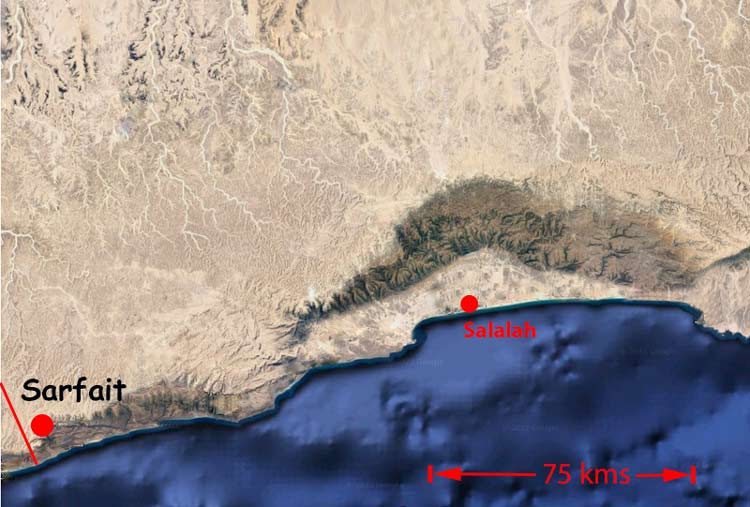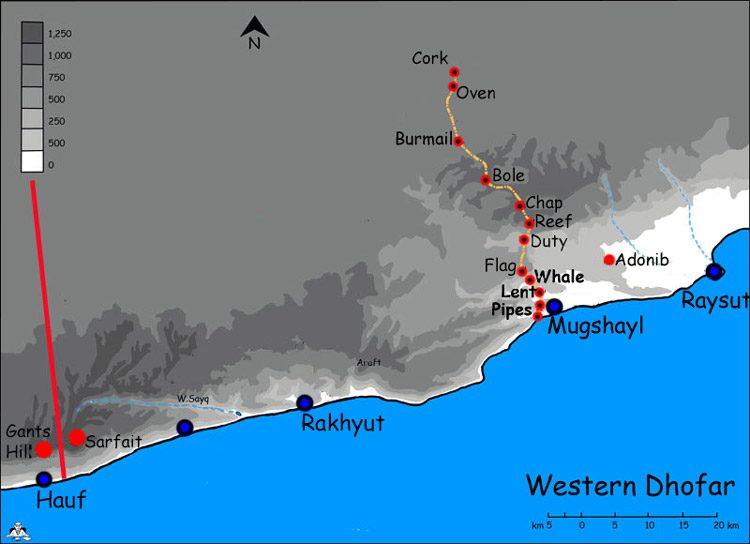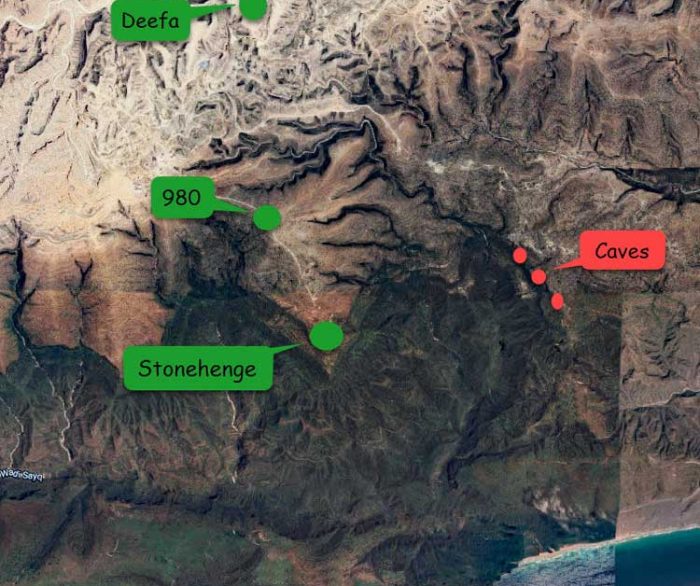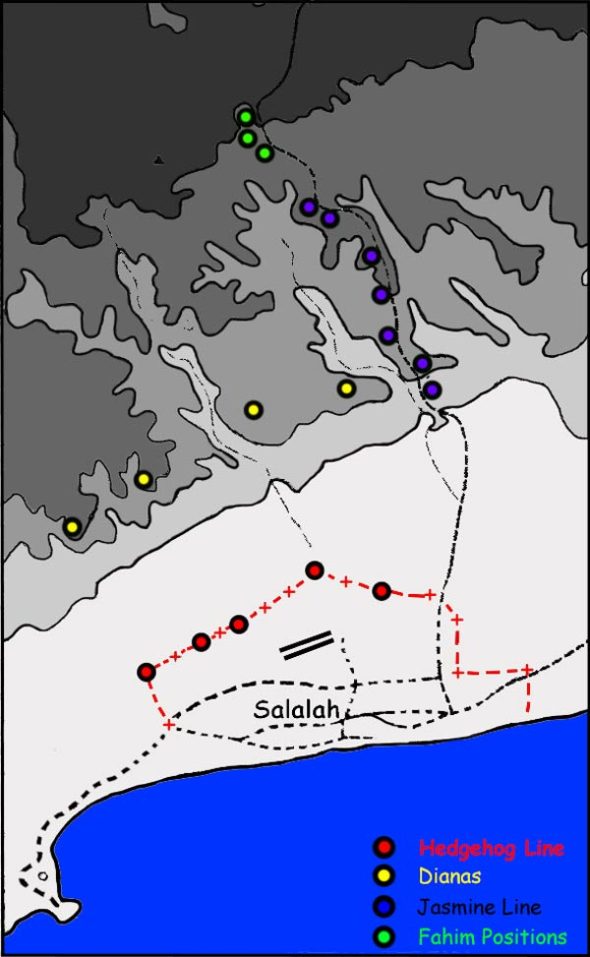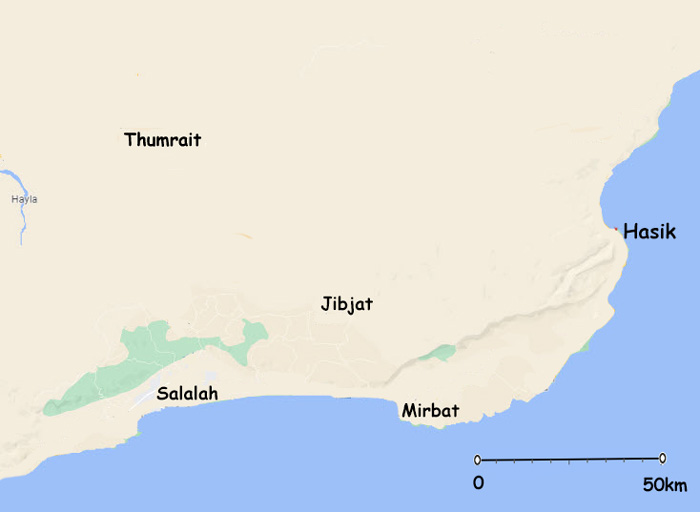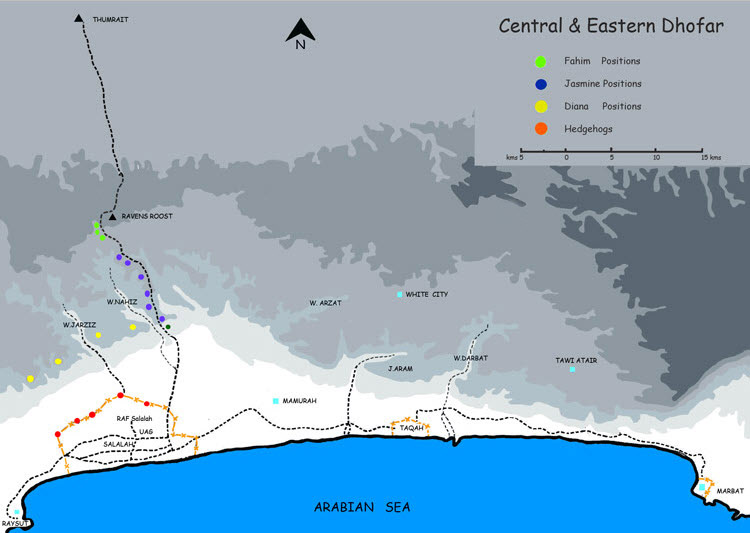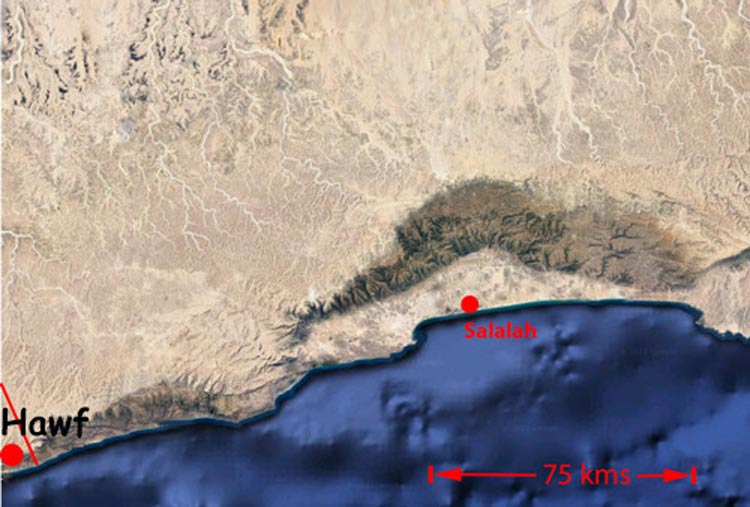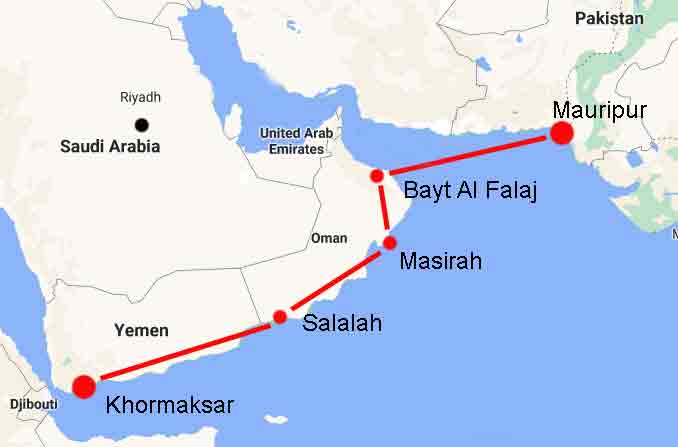
The Last FST in Oman
A.H. Osborne and D.G. Raitt
Journal of the Royal Naval Medical Services
Vol 64 Winter 1978 167 – 176
This FST was the only Joint Services FST. It was fifteen strong.
The Surgeon / Officer Commanding was from the Royal Navy.
The Anaesthetist was from the Royal Air Force.
The Resuscitation and Dental Officer were from the Royal Army Dental Corps.
The remainder of the team was from the RAMC;
OTTS (4)
Radiographer (1)
Lab Technician (1)
SRNs (2)
SENs (3)
WO I (1)
( Only the MOD could dream up such a combination and label it “Joint Services” ! Imagine the negotiations and politicking between the three services as they sought to put the team together! Was the team put together in this manner to give all services experience ? Was the team put together with each of the services reluctantly giving up staff from their stretched resources ? Probably a little bit of both as there are references in MOD documents which suggest that the sultan should not be charged for the FST as it was a valuable training experience- FWJdeB )
Their main problem was supply – fortnightly C130. A lack of provision of nitrous oxide for eight weeks occurred through a failure to re-establish a cancellation of supply when it was thought that the FST was going to close. This obviously had a bearing on the anaesthetic techniques used.
The REs maintained their fleet of two ambulances,a Landrover and a “beach buggy”
Accommodation now “consisted of seven large tin huts”. This description rather demeans the Twynham huts as they provided accommodation of a high standard.
Actiivity
- 918 outpatients were seen at the FST and a further 170 at Umm-Al-Guariff.
- 321 admissions to hospital
- 715 X-Ray examinations were made – 1041 exposures
- 655 Laboratory examinations were performed
- 200 dental cases were attended to.
- 101 elective non-battle surgical operations were performed e.g. inguinal hernia, meniscectomy etc
- 26 non-battle emergency procedures e.g. perforated DU, intussusception
- 34 primary trauma operations e.g. RTAs
- 37 secondary procedures e.g. DPS and removal of fixation devices
- 13 primary battle casualties were treated e.g. shrapnel and gunshot wounds
- 31 secondary battle casualty procedures e.g. DPS etc
- 239 operations in a four and a half month period. i.e. 18% battle related
It was customary during the Napoleonic wars that the Prize Money that was awarded when enemy ships were captured was divided amongst the crew of the ship according to rank.
I understand, from two independent sources that when the FST was finally closed down all the equipment that had been signed for was returned to the MOD.
That which had not been signed for or was declared u/s, which I am told included two Landrovers was disposed of locally. The proceeds of these disposals were then divided according to rank in the best RN tradition…
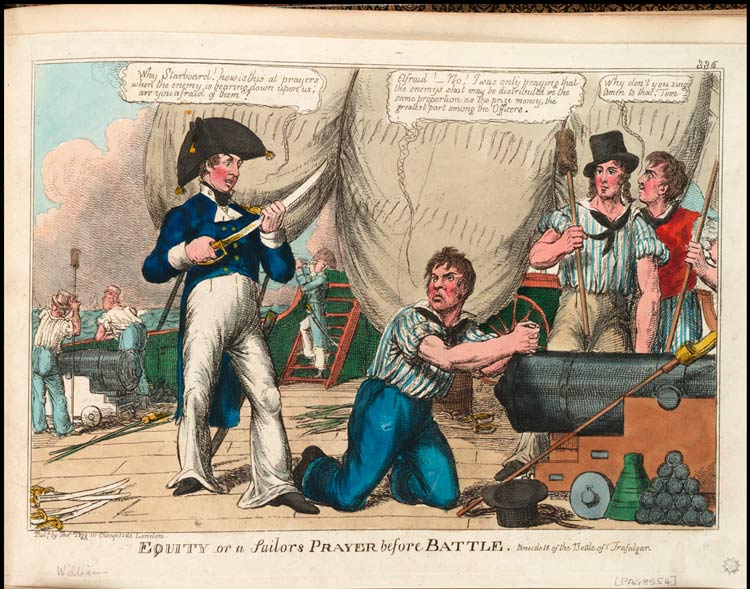
Those interested in the Prize System might like to consult three papers on the subject in Google Academia.
Captain
Chief Petty Officer
Petty Officer
Leading Seaman
Able Seaman
Ordinary Seaman
60 shares
10 shares
8 shares
6 shares
5 shares

Those interested in the Prize System might like to consult three papers on the subject in Google Academia.
Captain
Chief Petty Officer
Petty Officer
Leading Seaman
Able Seaman
Ordinary Seaman
60 shares
10 shares
8 shares
6 shares
5 shares
